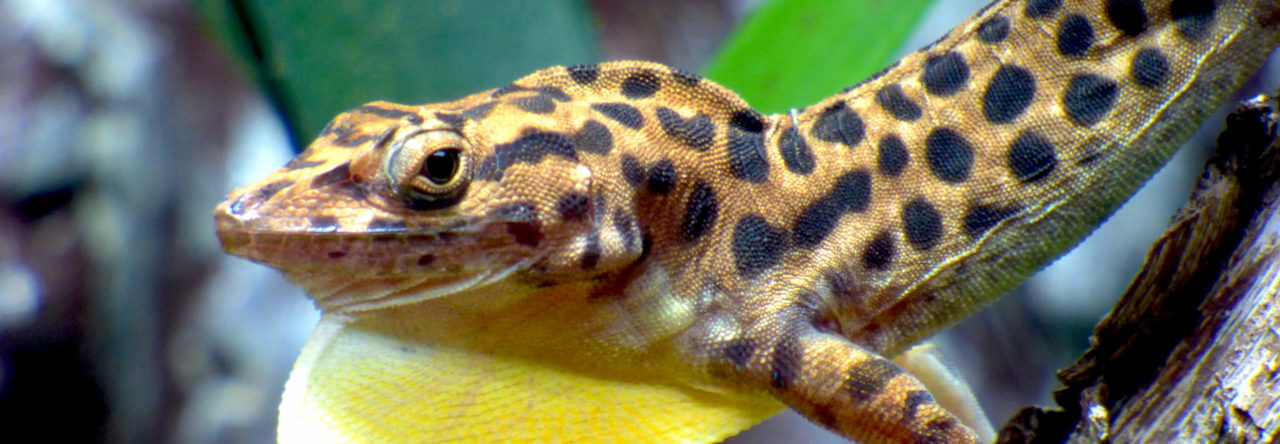 Last year was a banner year for anoles. As Xavier@evolutionistX tweeted at the end of the Norman, OK Evolution meetings: “The star of
Last year was a banner year for anoles. As Xavier@evolutionistX tweeted at the end of the Norman, OK Evolution meetings: “The star of #evol11: Anolis lizards. They won both Fisher’s and Dobzhansky awards, would like to invite them to a celebrity party @NYC.” And who could blame him? The prestigious Dobzhansky and Fisher Awards both went to workers studying anoles, as did three of the four Young Investigators Prizes. And there were a slew of other excellent anole talks (reported on these pages last year; start at this post and work backwards, or search on “Evolution Meetings”). David Hembry summarized the meeting well on Nothing in Biology Makes Sense: “I confess, I didn’t go to the Evolution meetings for three years. I missed Minnesota in 2008 due to fieldwork, Idaho in 2009 due to illness, and Portland in 2010 due to the EAPSI. When I “returned” in 2011 in Norman, it was like everybody had switched to working on anoles and sticklebacks!” (see the rest of David’s insightful observations on this point below).
But can anoles do it again in this year’s meeting , slated to begin on Friday in Ottawa? You can rely on Anole Annals to be on hand to provide the play-by-play coverage from the spectacle of the opening ceremonies to the climactic closing mixer. And fear not: though not the grand slam of last year, anoles again will bring home some medal.
Here are the talks. Unfortunately, authors are not listed, but you can get all program information at the meeting’s program mobile app website:







 In the herpetology community (i.e., reptile and amphibian aficionados),
In the herpetology community (i.e., reptile and amphibian aficionados), 



